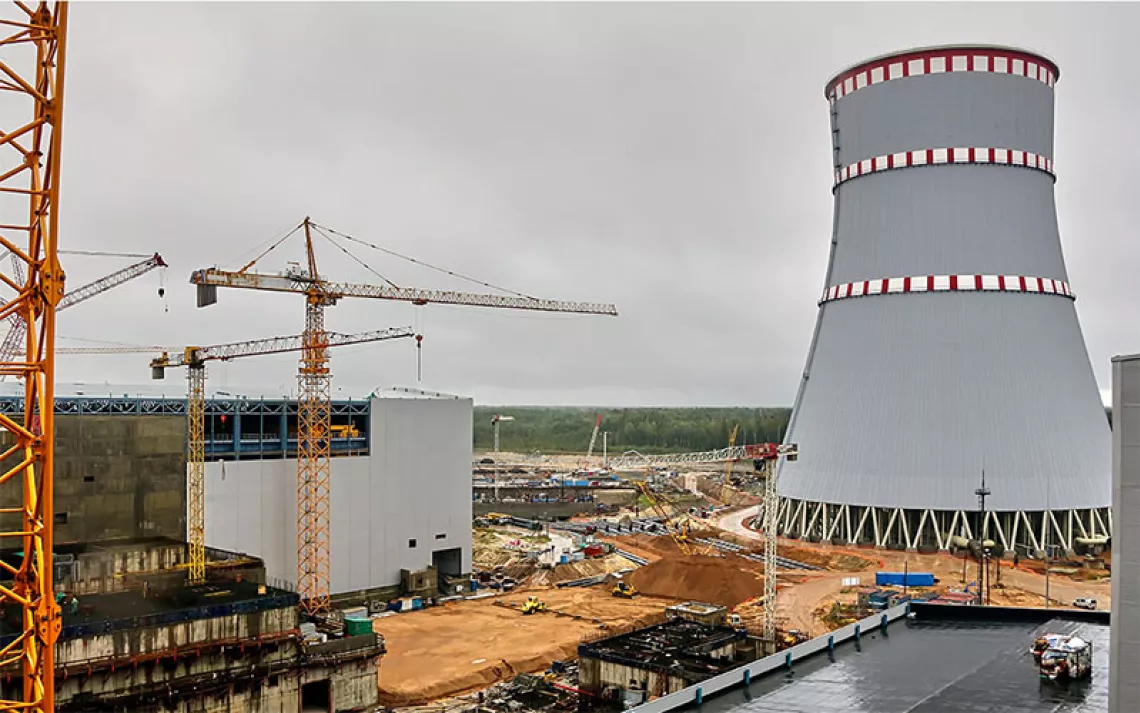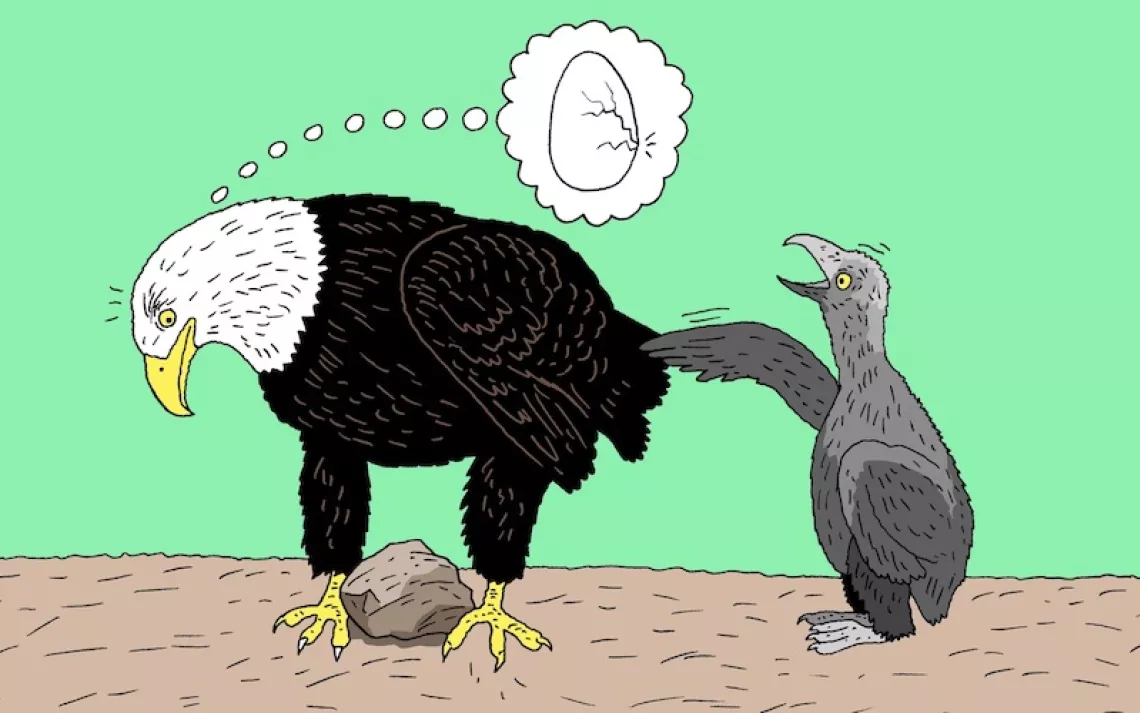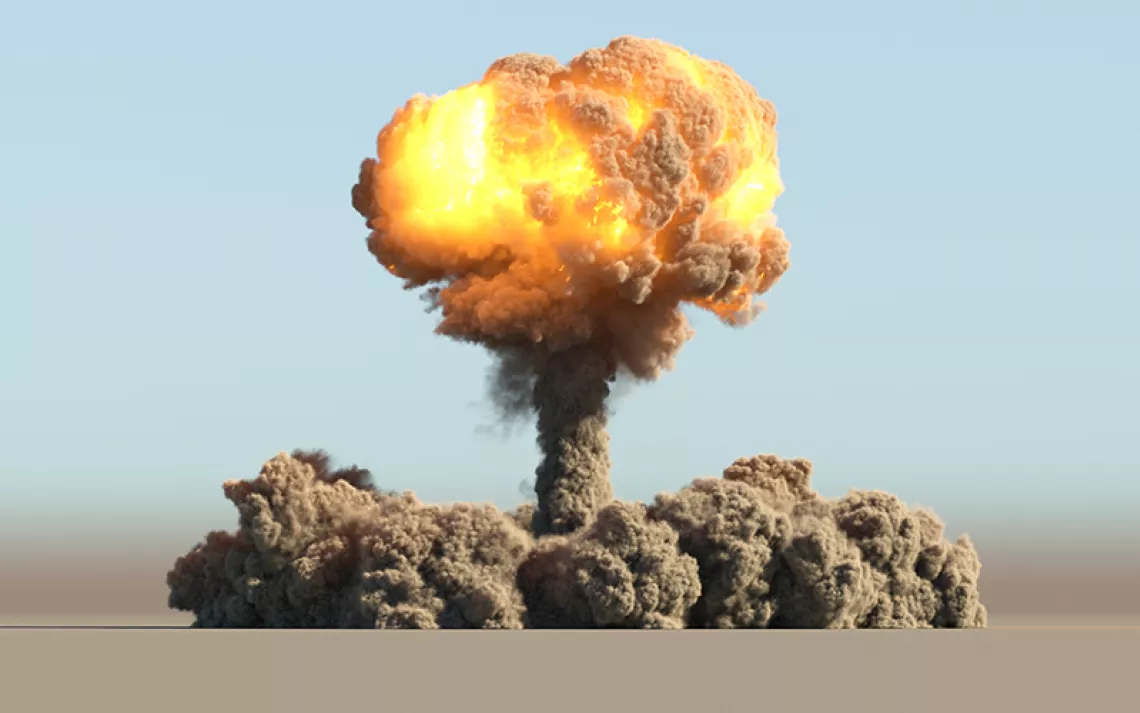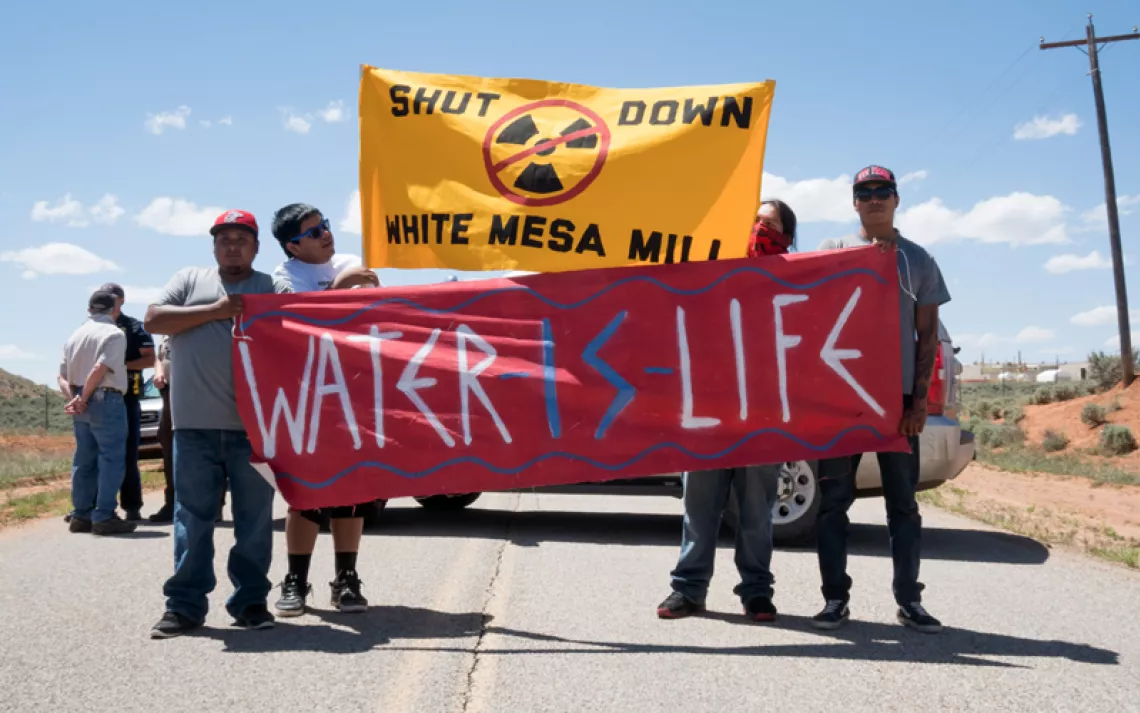Return to Chernobyl
Scientists studying the rewilding of the Exclusion Zone are eager to return after the new disaster of war
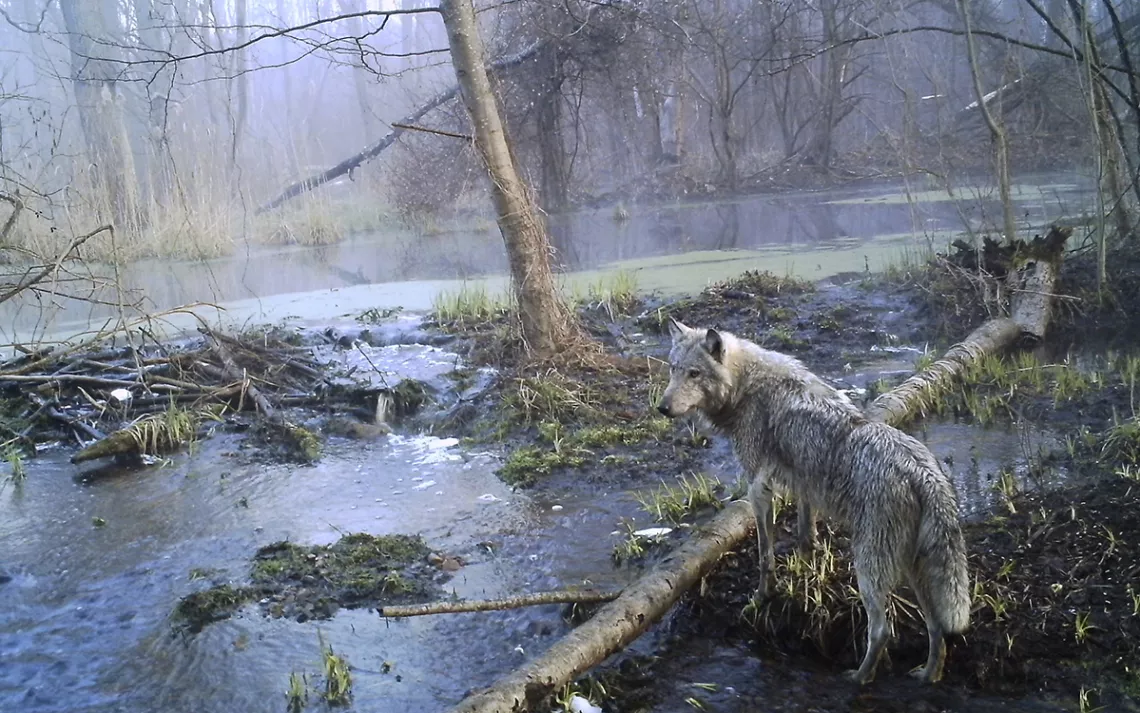
Wildlife thrives in the woods around Chernobyl, Ukraine, despite heavy contamination from the 1986 nuclear disaster. April 2012. | Photo by Sergiy Gaschak/AP Photo
For ecologist James Beasley, visiting Ukraine’s Chernobyl Exclusion Zone was always emotionally polarizing. It’s one of the most radioactive places in the world as a result of the cataclysmic nuclear meltdown at the Chernobyl power plant 36 years ago. Abandoned agricultural towns are left frozen in time. Homes lie vacant with old toys, pictures, and dilapidated furniture still strewn about, left behind in the rushed departure. Even a rusty Ferris wheel can be seen hidden among the overgrown vegetation.
“You have this incredible human tragedy that’s evident throughout the abandoned landscapes, personal possessions, and homes left behind,” says Beasley, an associate professor of wildlife ecology and management at the University of Georgia. “On the other hand, it’s really beautiful and you have this diverse wildlife that’s present on the landscape.”
The Exclusion Zone, a thousand-square-mile area around the shuttered nuclear power plant, has allowed researchers a unique opportunity to see how the natural world can recover when left on its own. In the past, it also provided a venue for international scientific collaboration, where researchers from the United States, Ukraine, Russia, Belarus, and other nations studied the impact of radiation on everything from trees to songbirds, mammals, fish, and amphibians.
Beasley’s colleague Olin Rhodes Jr., director of the Savannah River Ecology Laboratory, first went to Chernobyl in 1993 to gather fish from contaminated lakes. Before that, Ukrainian researchers flew over the zone to count the number of large mammals that survived in the early years after the meltdown. “I was fortunate to be part of this initial exploratory trip to Ukraine to build relationships with the Russian and Ukrainian National Academies of Sciences and to collect biological samples for investigations of genetic damage,” Rhodes told the University of Georgia’s UGA Today.
That research continued peacefully while the world around it was shifting. Chernobyl went from being a part of the Soviet Union to part of Ukraine in 1991, shifted back to Russian control after the invasion, and then returned to Ukrainian control following the Russian retreat. The war brought an end to the previous collaboration. Now decades of important research are on shaky ground, and Beasley is uneasy about what’s to come.
“I’m most concerned for my Ukrainian friends, those that collaborated with us to carry out this important work,” he says. “I’m concerned for their safety and well-being.”
Prior to the Russian invasion, Beasley had traveled to Chernobyl for the past 12 years, conducting fieldwork in an area where wildlife is at once contaminated but also allowed to run wild, free from human interference. Wolves, boars, and lynx have taken back the landscape, preying on the diverse species that inhabit the meadows and deserted farmland.
His team has spent years looking at how radiation exposure has impacted their over all health, both physically and down to the cellular level. They’ve also done parallel studies with landscapes around Fukushima, Japan. His research has shown extensive “rewilding” in both areas.
But when Russian troops invaded in March, the Chernobyl Exclusion Zone was one of their entry points. Researchers had to abandon their projects, leaving their offices unattended and open to looting from Russian troops, says Mike Wood, a radioecologist from the UK who’s spent the past 15 years studying radiation in Chernobyl. Wood reports that Ukrainian colleagues who have since made the trip back to Chernobyl from Kyiv say damage to bridges and roads has made it difficult to access the area. There’s also been damage to laboratories, and scientific equipment, such as drones and GPS locators, has been stolen.
“For the researchers who hope to return, there’s also a concern about unexploded devices like IEDs that may have been left behind,” says Wood. “All of this adds to the complexity of working in a place that was already complex to begin with.”
(Wood, who’s an expert on the levels of radiation present in Chernobyl’s soil, says that reports of Russian soldiers disrupting the dirt in the highly contaminated Red Forest have been overblown. He says that the majority of the contamination is contained in the upper levels of the soil, so digging trenches, as Russian troops reportedly did, is actually less dangerous than walking on top of it. “You’re most exposed when you’re on top of the soil but you’re still not going to get acute radiation poison,” he says.)
Whatever the danger that remains, Wood and Beasley have no plans to halt their research, which Wood says is fundamental to understanding what levels of radiation do and don’t cause impacts at a population level. The Exclusion Zone serves as a “natural laboratory” to help scientists and policymakers develop rules for environmental radiation protection, he says, like regulating the nuclear industry and radiation discharges from places like hospitals.
“As we move into a safer place and we’re told it’s generally OK to be there, it’s crucial that we get the science back up and running again,” says Wood. “The international community needs to get back there as soon as possible to rebuild this natural laboratory. There’s just no other place like it.”
 The Magazine of The Sierra Club
The Magazine of The Sierra Club
